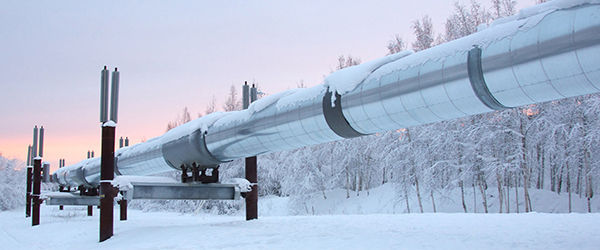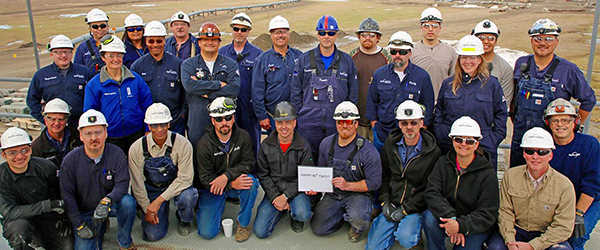TAPS Facts Tidbits
Air temperature:
Alyeska Pipeline Service Company:
Atigun Pass:
Barrels through TAPS:
Birds on TAPS:
Booster pumps:
Buried pipeline:
Construction cost of TAPS:
Construction of TAPS:
Construction time of TAPS:
Diameter of TAPS:
Elevated pipe:
First oil movement on TAPS:
First pipe of TAPS:
First tanker:
Gate valves:
Heat pipes:
Leak detection systems:
Length of TAPS:
Maximum throughput:
Mountain ranges:
OCC emergency shutdown capability:
Oil discovery:
Operations Control Center (OCC):
Pig:
Pigs along TAPS:
Pipeline crossings:
Pipeline wall thickness:
Pump stations:
SERVS:
SERVS response equipment:
SERVS Vessel of Opportunity Program:
Tanker turnaround:
Tankers:
TAPS:
TAPS leak detection systems:
Telluric currents:
The purpose of TAPS:
Thompson Pass:
Valdez Marine Terminal:
Workers during construction:



